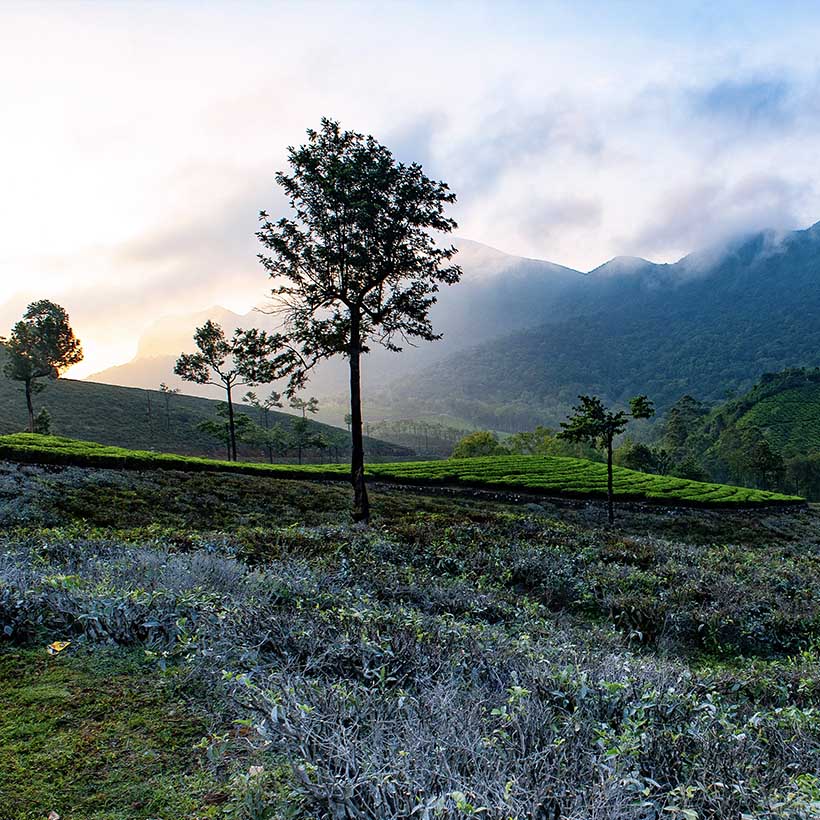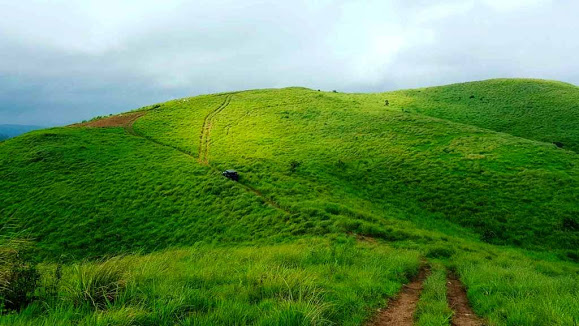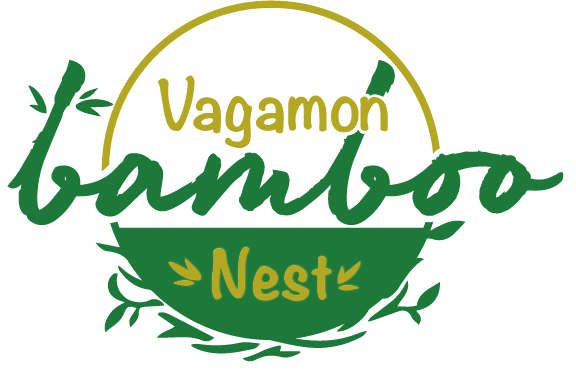
Among the midst of the Western Ghats, upon the borders of Kottayam and Idukki districts, there resides a heavenly abode filled with rolling hills, dense fogs and green-carpeted mountains – Vagamon.
Vagamon is most lovingly referred to as the “Scotland of Asia”. Among the gifted germs of Kerala tourism, Vagamon is an ever dreamy holiday paradise much celebrated for its freezy climate, greenery and proximity to nature.
Vagamon also spelt as Wagamon, is an all-famous picnic spot situated in Peermadu Thaluk, Idukki district. As per the report of National Geographic Traveller, Vagamon is enlisted within the top 50 places to visit in India. A paradigm shift in the history of Vagamon dates back to the era of British settlers. They were very fond of Vagamon and cultivated tea plantations in and around the area. It was later in the years, Christian missionaries occupied the place as the cradle of their missionary works.
Vagamon was the bassinet of Laurie Baker, the world-famous British-Indian architect’s numerous cost-effective and energy-efficient, buildings that proclaimed his organic architecture brilliance. These bewitching architectures still pertain in the land of Vagamon with all its glory and pride.
Vagamon is situated 1200 meters above sea level. Fly Vagamon, the most prominent paragliding site in all Asia, welcomes adventurous tourists to the thrilling heights, breezy air and breathtaking view of Vagamon. One of the most attractive and surprising elements of Vagamon is its most favourable climatic conditions. Even in summer middays, the temperature in Vagamon varies between 10℃ to 23℃.


Vagamon standing on the convergence of three hills also nestles three predominant religions of Kerala. Vagamon is an epitome of religious harmony hosting three pilgrim centres; Thangal Para (Muslim), Vagamon Kurisumala (Christian) and Murugan Mala (Hindu).
Erattupetta-Vagamon route, the widely used pathway to reach Vagamon hill station, offers the most extraordinary experience in its very core.

